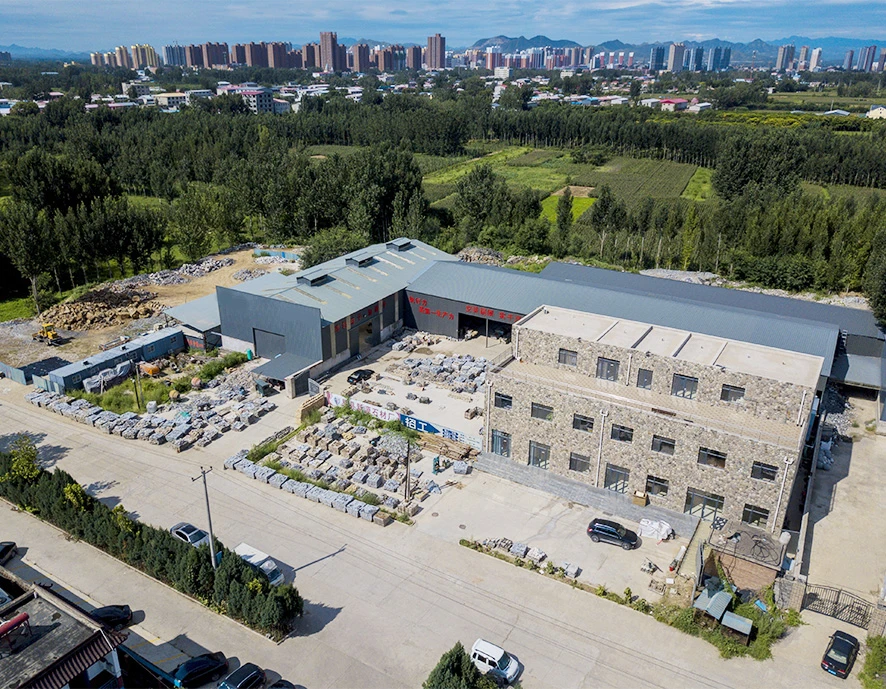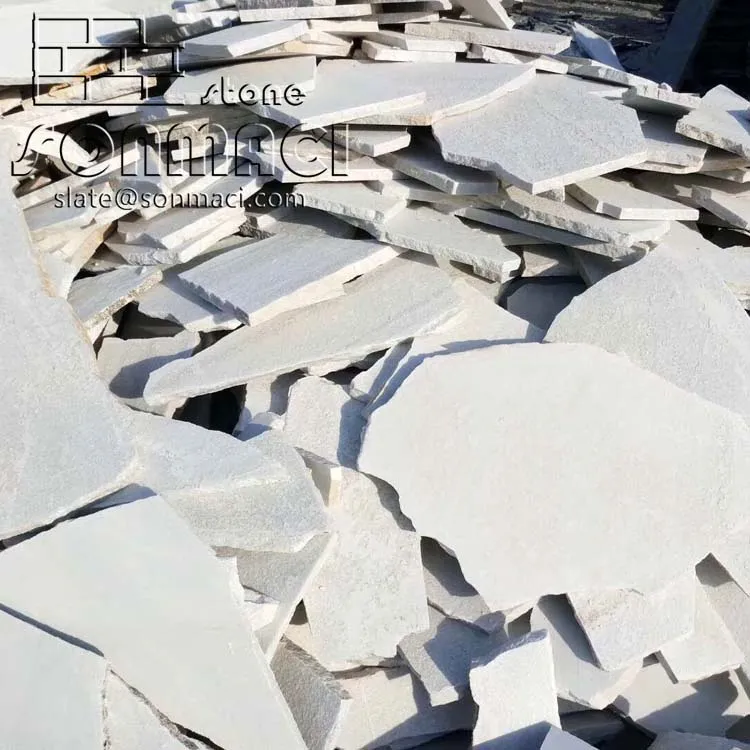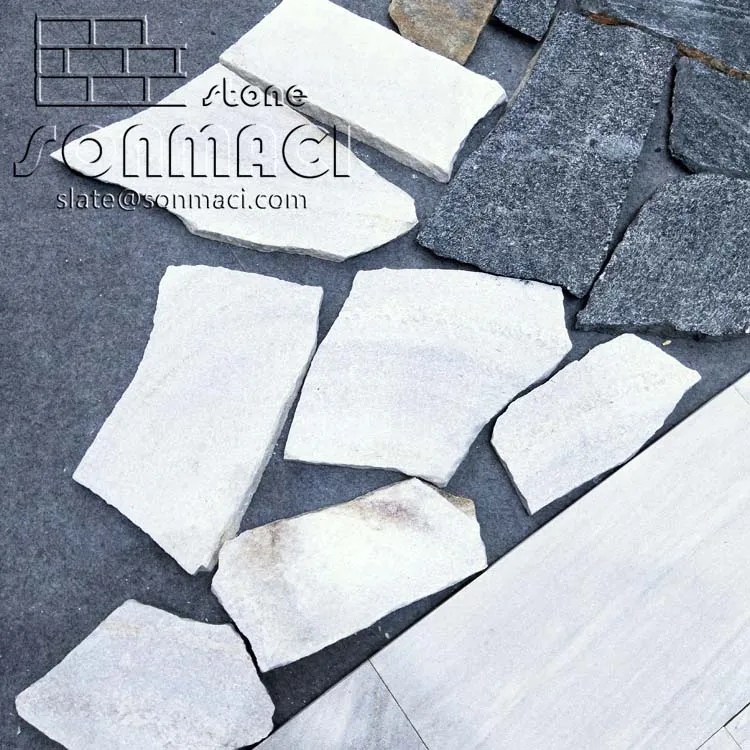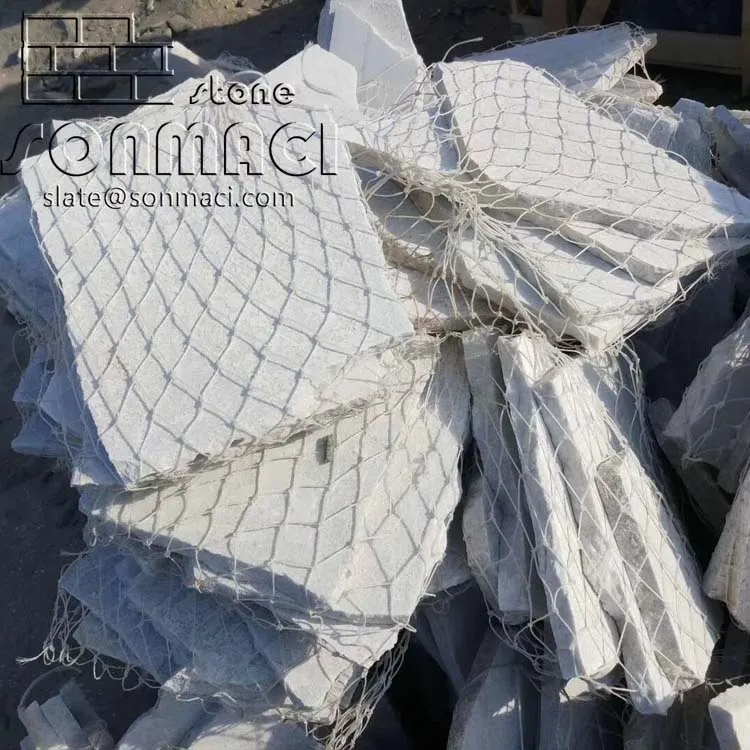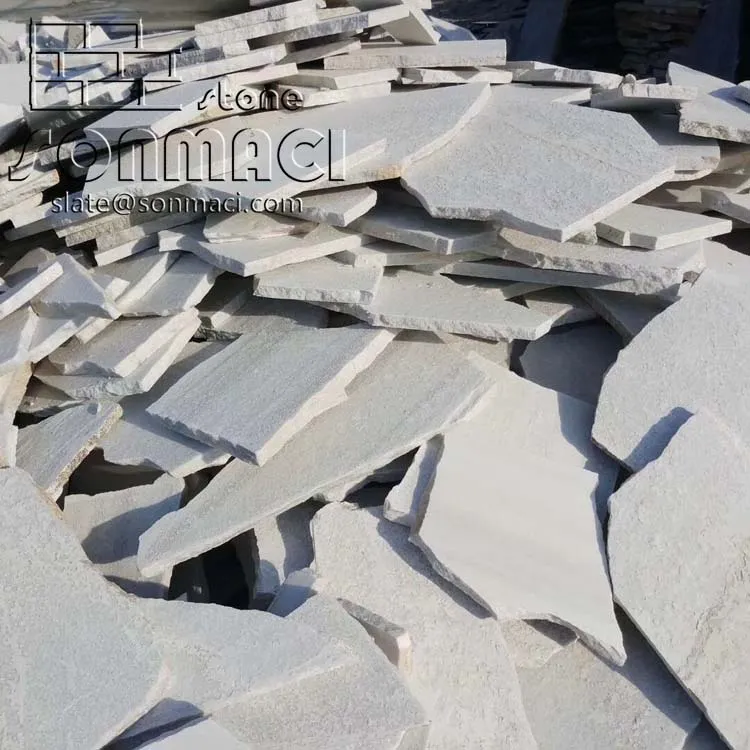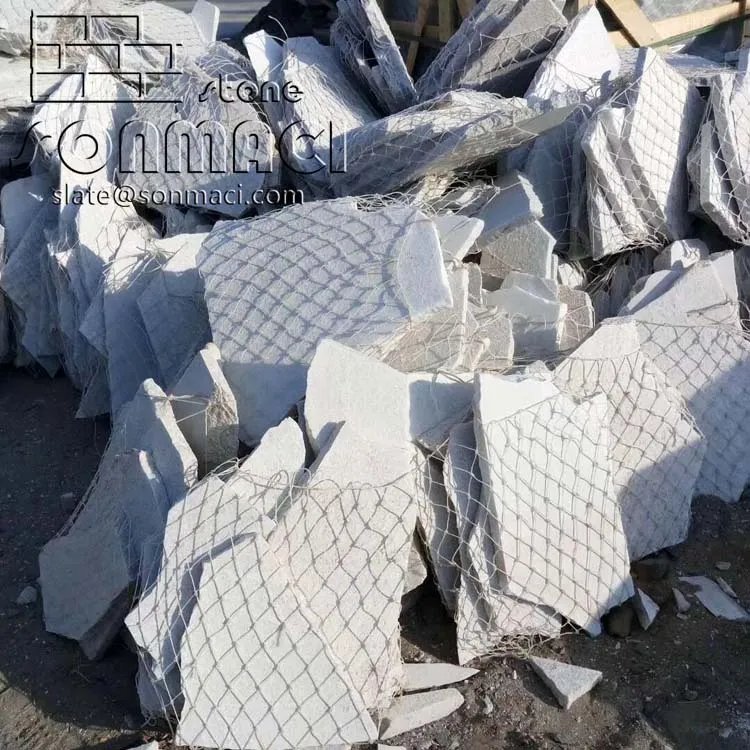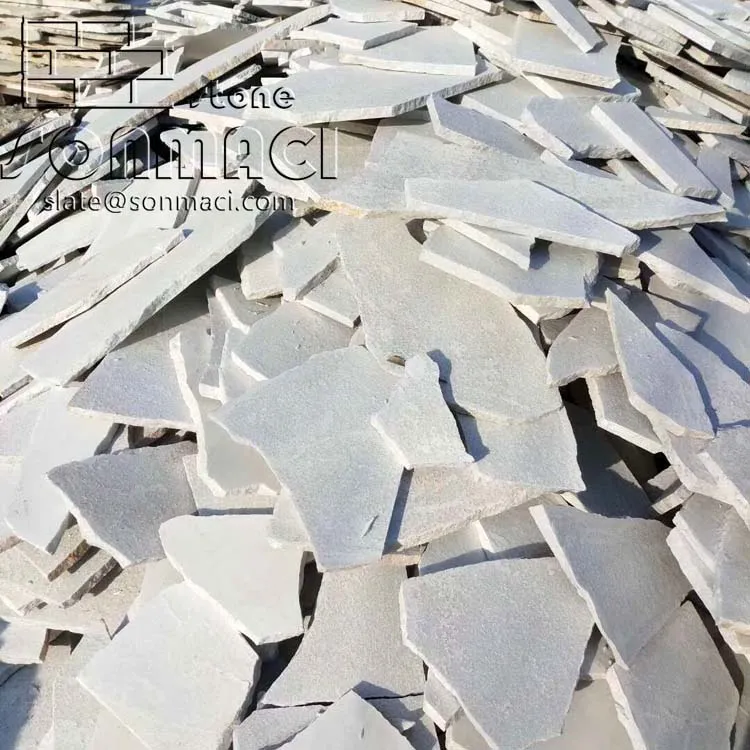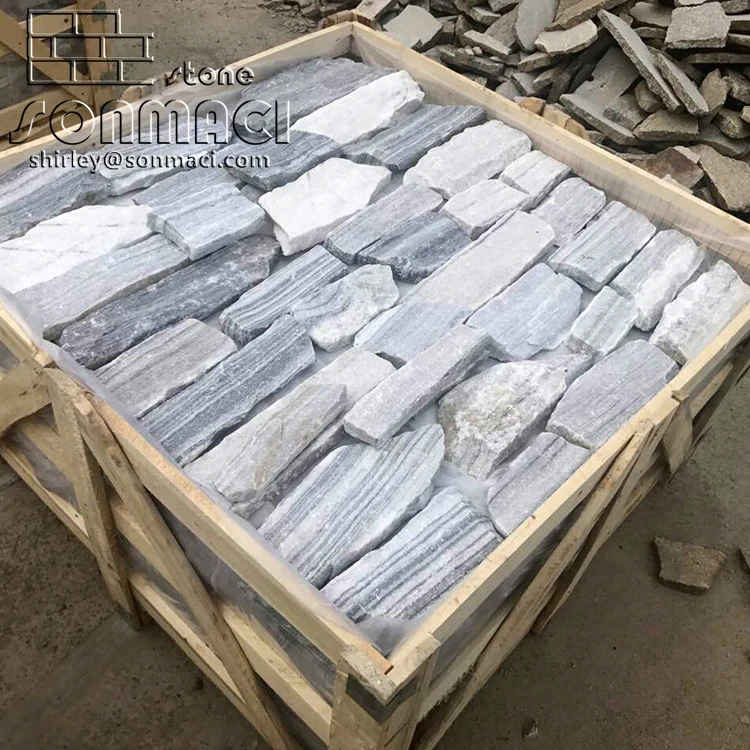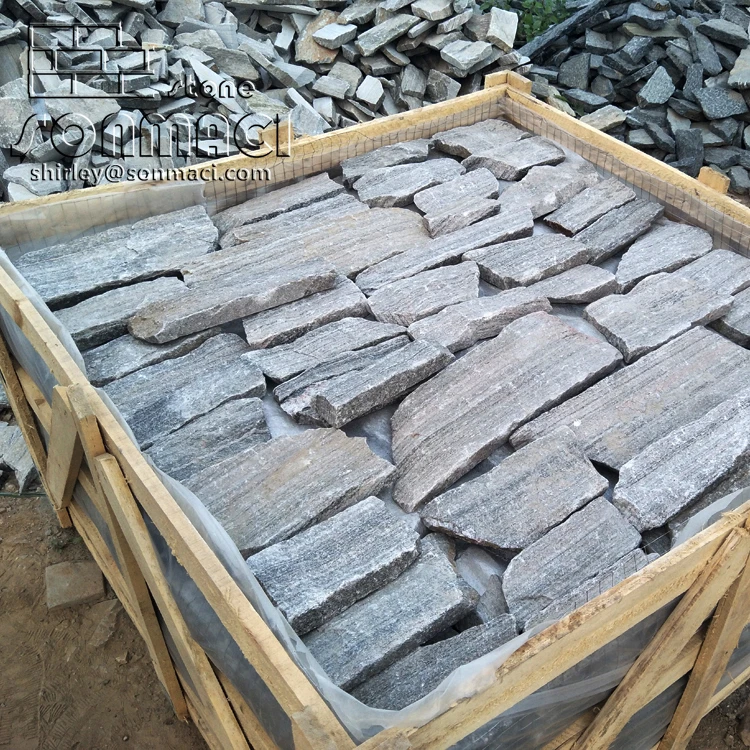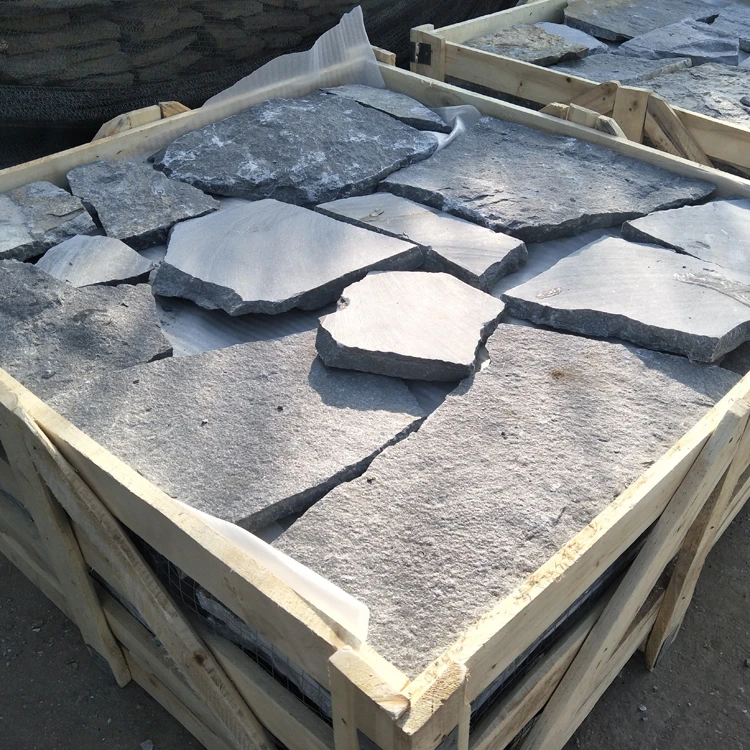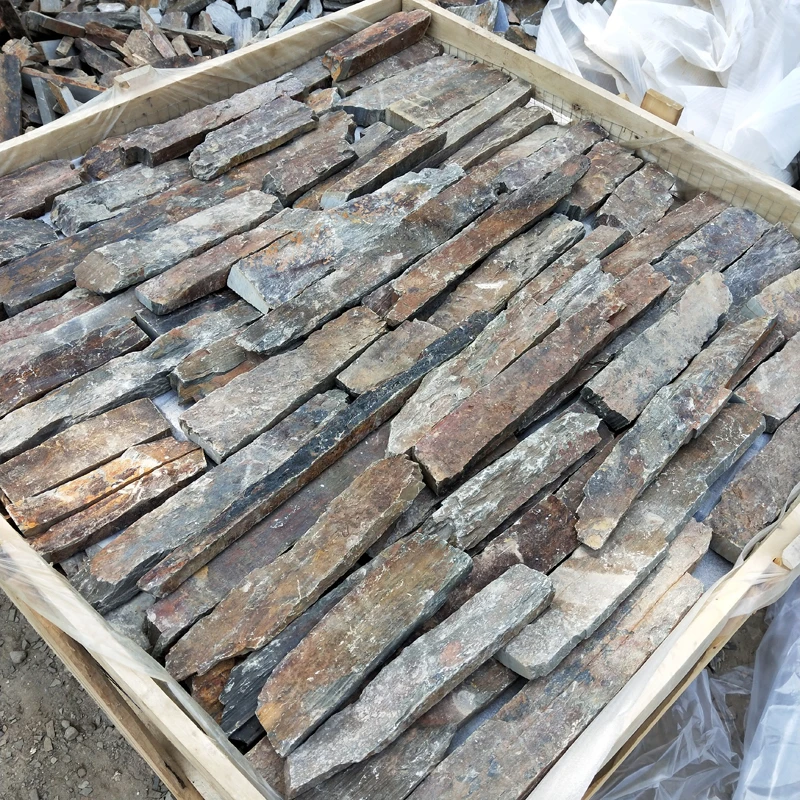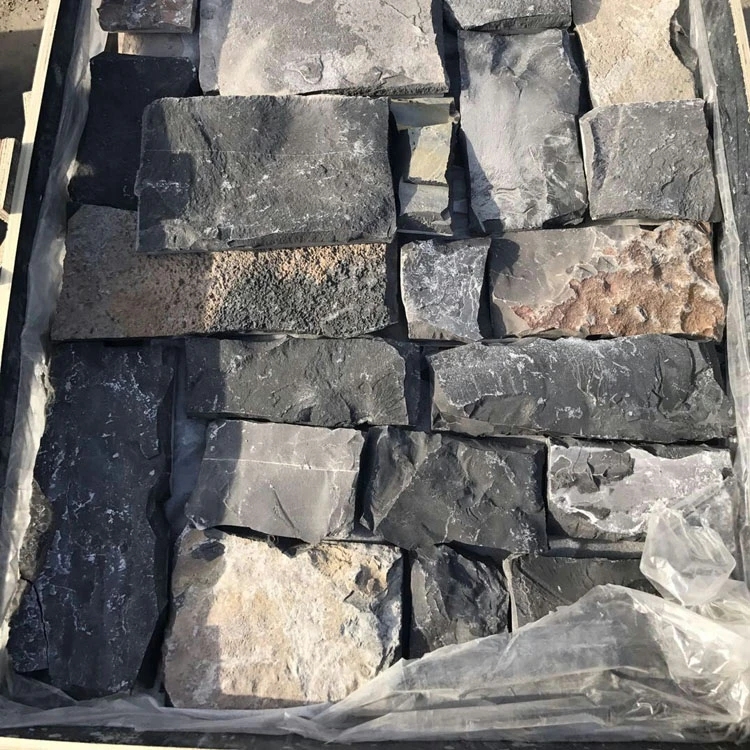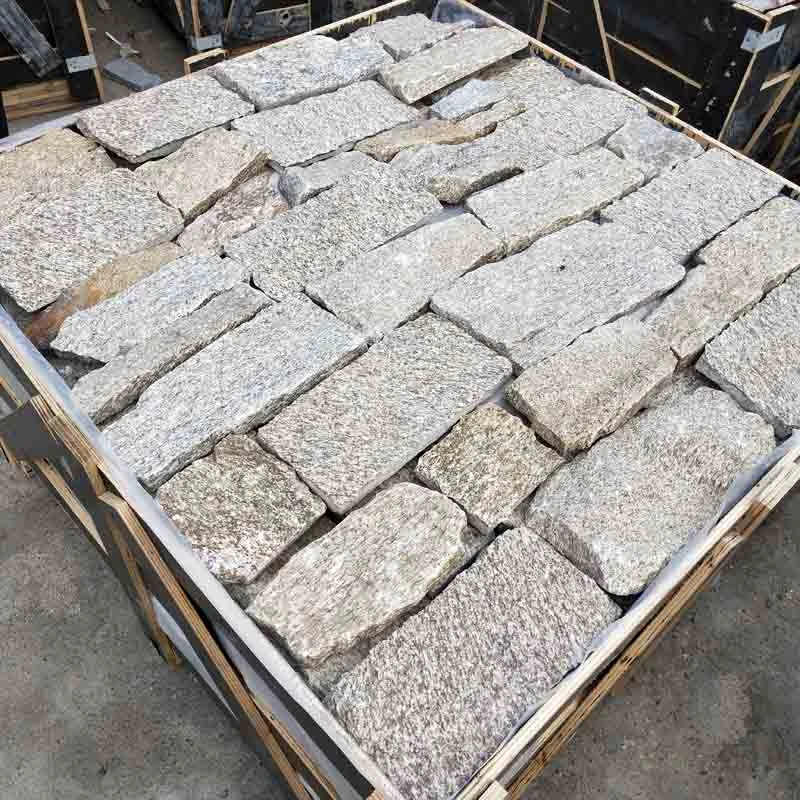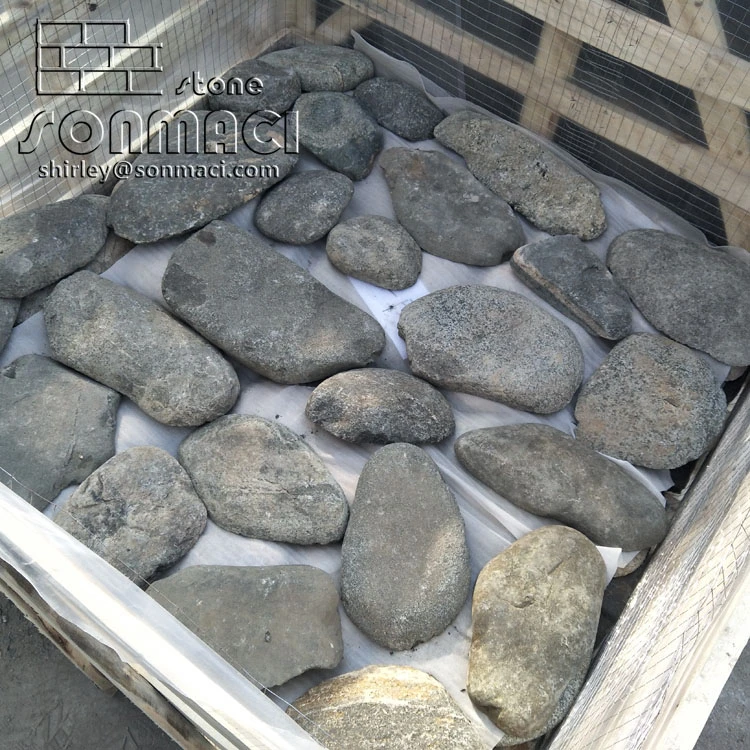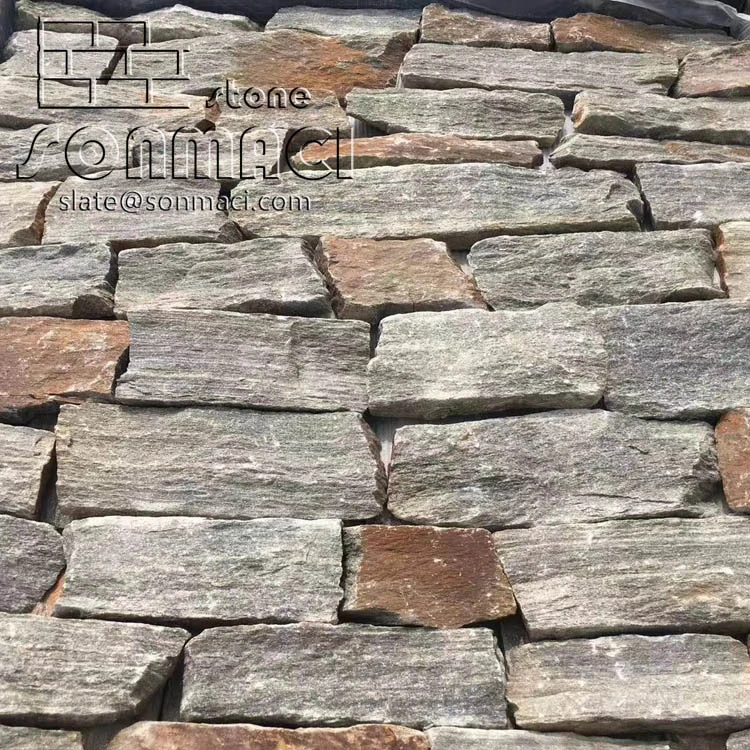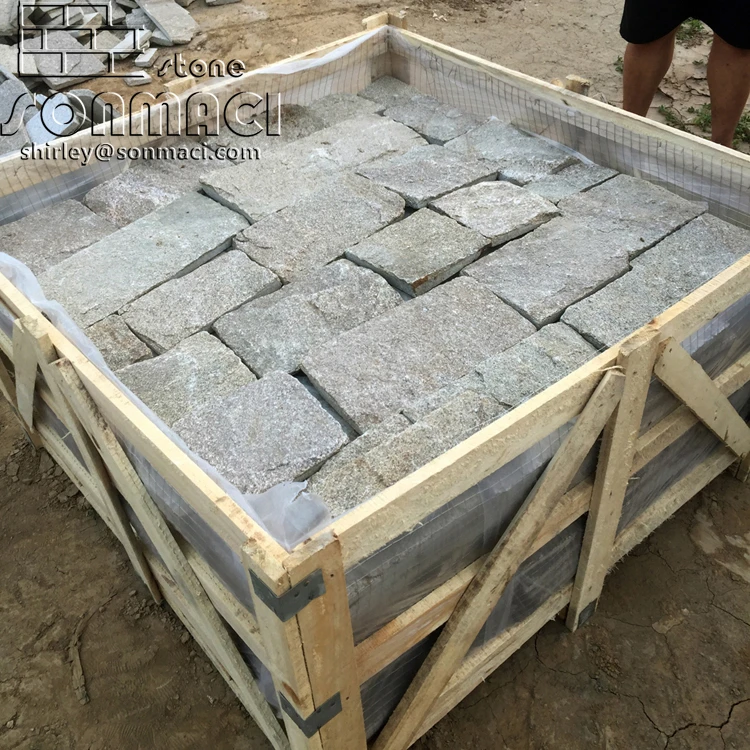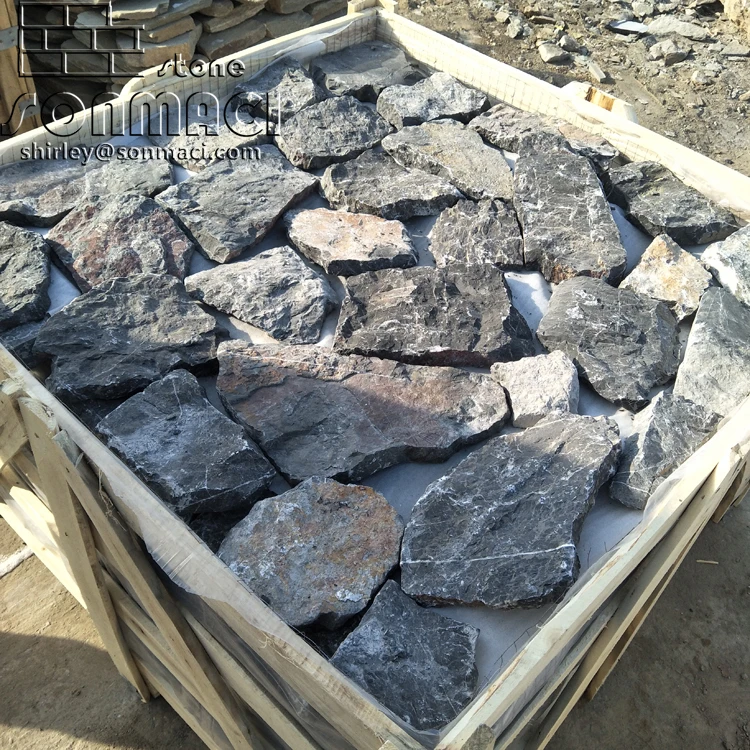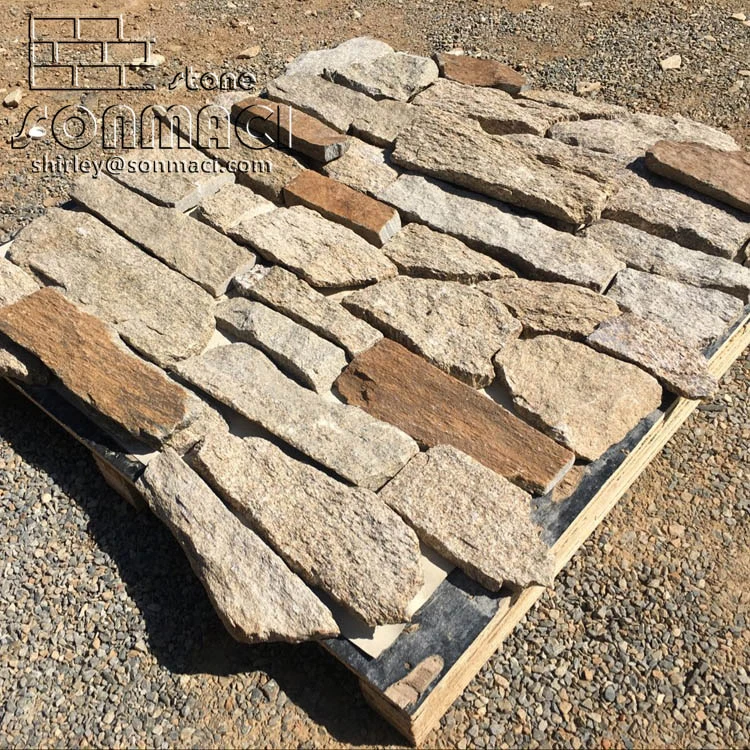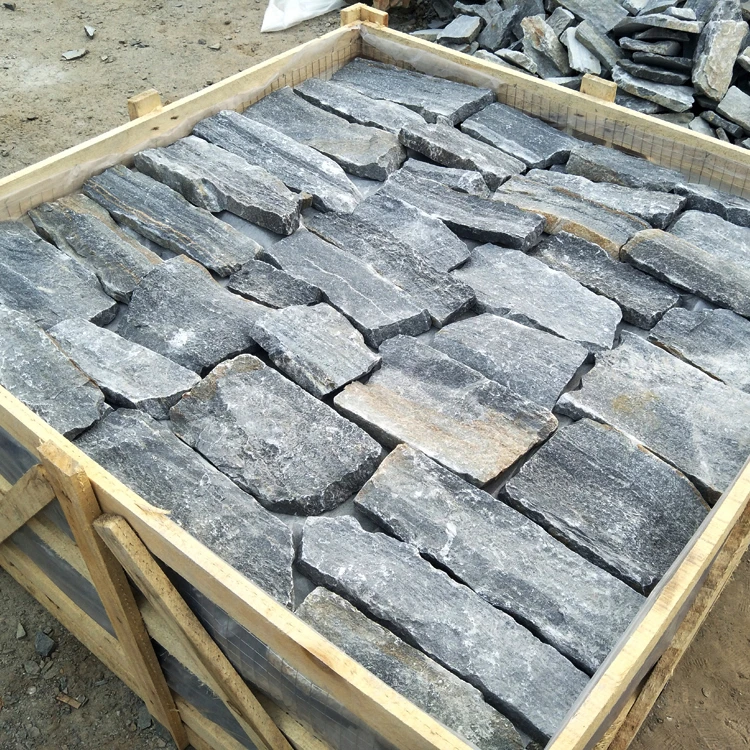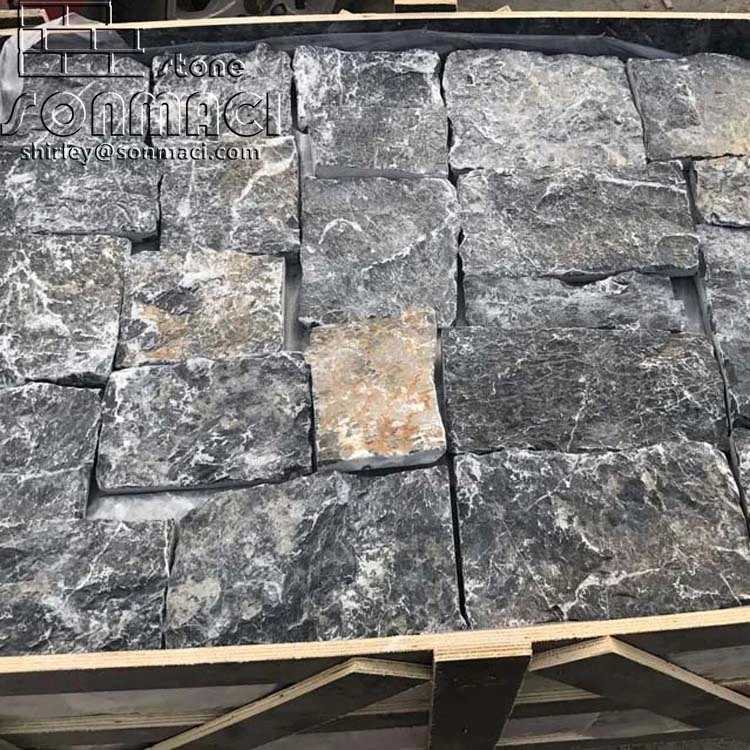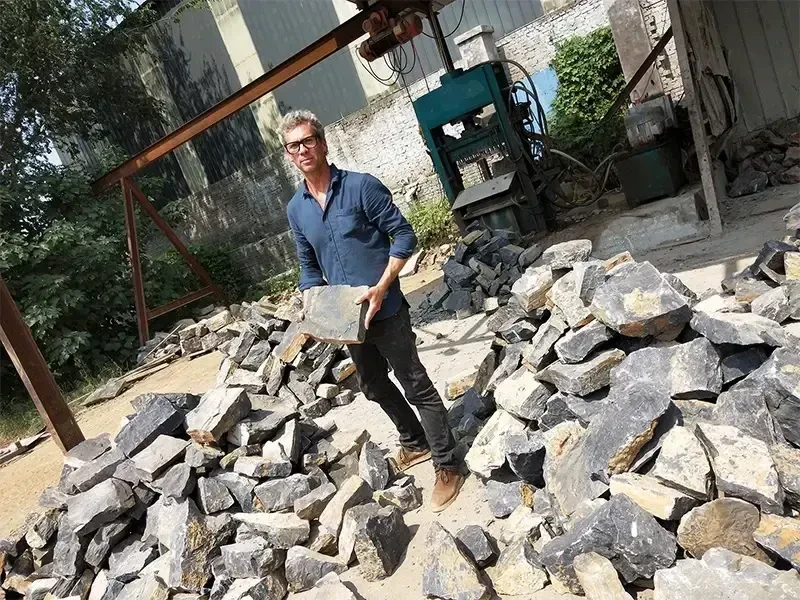White Quartz Loose Slate Wall Panels Castle Brick
|
products Name |
White Quartz Loose Slate Wall Panels Castle Brick |
|
Material: |
Natural Stone, Slate, Quartz, Sandstone, limestone , Travertine, Granite, Marble |
|
Place of Original |
Hebei Province,China |
|
Stone Colors |
Grey, Beige,Black, White ,Rusty ,Green, Etc |
|
Type |
Strips Rectangle Square Irregular |
|
Size |
L:2"-14" W: 1"-6" |
|
Thickness |
1"-1.4" |
|
Weight |
About 60KGS/Sqm |
|
Surface Finishing |
Split /Machine Cut |
|
Usage |
Wall Decoration/ Wall Cladding |
|
Packing |
Strong Fumigated Wooden Crates or Fumigated-free crates or according the customer’s requirements |
|
20 Ft Capacity: |
15M2/Crates 26 Crates/20 GP 390 M2/20GP or according the customer’s requirements |
|
Payment Terms: |
T/T, Western Union, Paypal, etc.. against the copy of B/L |
|
Export Market : |
Europe, Australia, Middle East, America and so on |
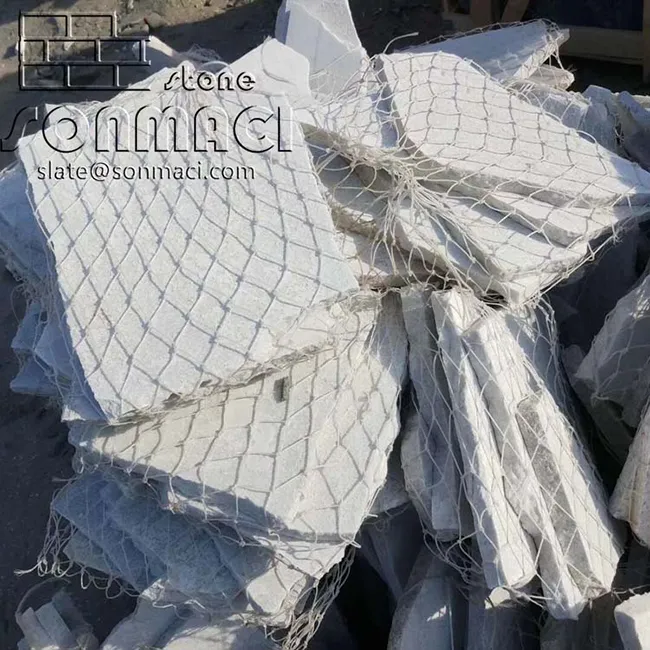
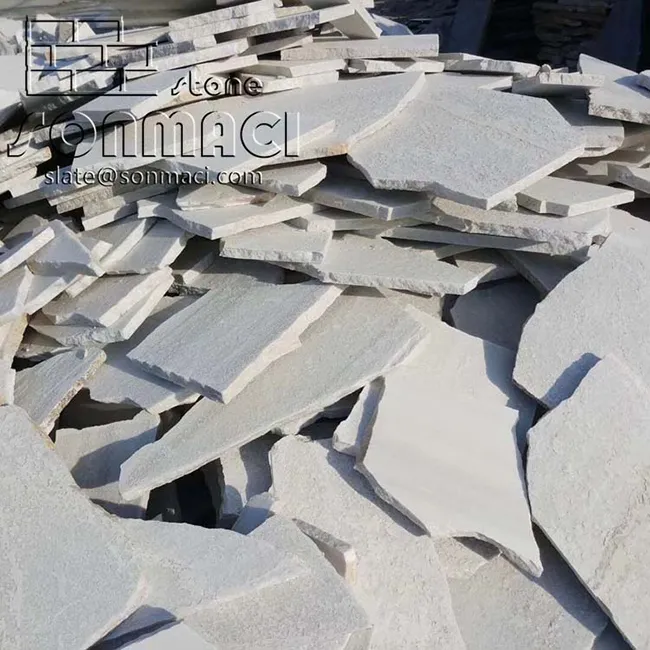
What is the difference between stone cladding and stone veneer?
In architectural design, both stone cladding and stone veneer serve as transformative solutions for elevating building exteriors and interiors, yet they occupy different territories in construction methodology and aesthetic impact. While these terms are sometimes used interchangeably, understanding their nuances reveals how each contributes uniquely to structural integrity, design flexibility, and spatial character.
Stone cladding represents a more substantial approach to surfacing, where thicker stone panels are mechanically anchored to a building's substrate, creating a robust exterior skin that often participates in the wall's weatherproofing system. This technique typically employs natural stone slices ranging from 30mm to 100mm in thickness, secured with specialized metal brackets or mortar beds that allow for structural movement. The result is a facade that appears as solid masonry, with deep reveals and shadow lines that emphasize the stone's dimensional qualities. Cladding's thicker profile enables traditional stonework details like quoins, rustication, and projecting cornices, making it ideal for architectural projects seeking historical authenticity or substantial presence. The weight and depth of cladding require careful engineering consideration, often involving structural reinforcement of the supporting wall system to accommodate the load.
Stone veneer, by contrast, operates in the realm of surfacing rather than structure, utilizing thinner stone slices or manufactured stone products that replicate geological textures at a fraction of the weight. Typically ranging from 10mm to 30mm thick, veneer systems rely on adhesive bonding or lightweight mechanical fixings, allowing application over diverse substrates including framed construction where traditional stone would be impractical. This slender profile sacrifices some of cladding's deep dimensionality but gains installation versatility—veneering curved surfaces, creating seamless transitions between interior and exterior stone features, or retrofitting existing structures without structural modifications. Modern stone veneer achieves remarkable realism through precision cutting techniques that preserve the stone's natural cleft faces while minimizing thickness, and through engineered stone products that amplify durability while reducing material waste.
The perceptual difference between the two approaches becomes apparent in their relationship with architecture. Cladding behaves as integral armor, its substantial mass contributing to the building's thermal performance and weathering resistance. Veneer performs as an applied finish, offering the visual language of stone while accommodating contemporary construction's demand for lightweight systems. Where cladding might form the primary weather barrier of a structure, veneer typically requires a separate waterproofing layer behind it. This distinction influences their respective roles in building envelopes—cladding often appears in monumental civic architecture or high-end residential projects where budget and structure permit, while veneer democratizes stone aesthetics across commercial developments and residential remodels where weight and cost factors prevail.
Material authenticity presents another subtle divergence. Traditional stone cladding celebrates the full geological character of quarried stone, with all its natural variations in thickness, mineral deposits, and structural idiosyncrasies. Veneer, particularly in its manufactured iterations, offers greater consistency in color and sizing while still capturing stone's essential textural qualities. This makes veneer preferable for projects requiring precise patterning or color matching, while cladding appeals to designs embracing stone's unbridled natural variations.
Maintenance and longevity narratives differ as well. Properly installed stone cladding systems often outlast the buildings they protect, their thick sections weathering gracefully over generations. Veneer, while durable, may show its thinner profile through more pronounced edge details and typically requires more frequent inspection of its adhesive or mechanical attachment systems. However, veneer's reparability advantage allows for easier replacement of damaged sections without disturbing entire wall systems.
Ultimately, the choice between cladding and veneer involves balancing architectural intent with practical constraints. Cladding delivers uncompromised stone grandeur for projects where budget, structure, and design vision align. Veneer provides accessible stone elegance where weight, cost, or existing construction demand a lighter touch. Both methods continue to evolve—cladding through innovative anchoring systems that improve seismic performance, veneer through manufacturing breakthroughs that enhance realism—ensuring stone's enduring presence in architecture's material palette. Whether through the substantial poetry of clad mass or the refined language of veneered surfaces, buildings continue to harness stone's timeless dialogue between human craft and geological time.
